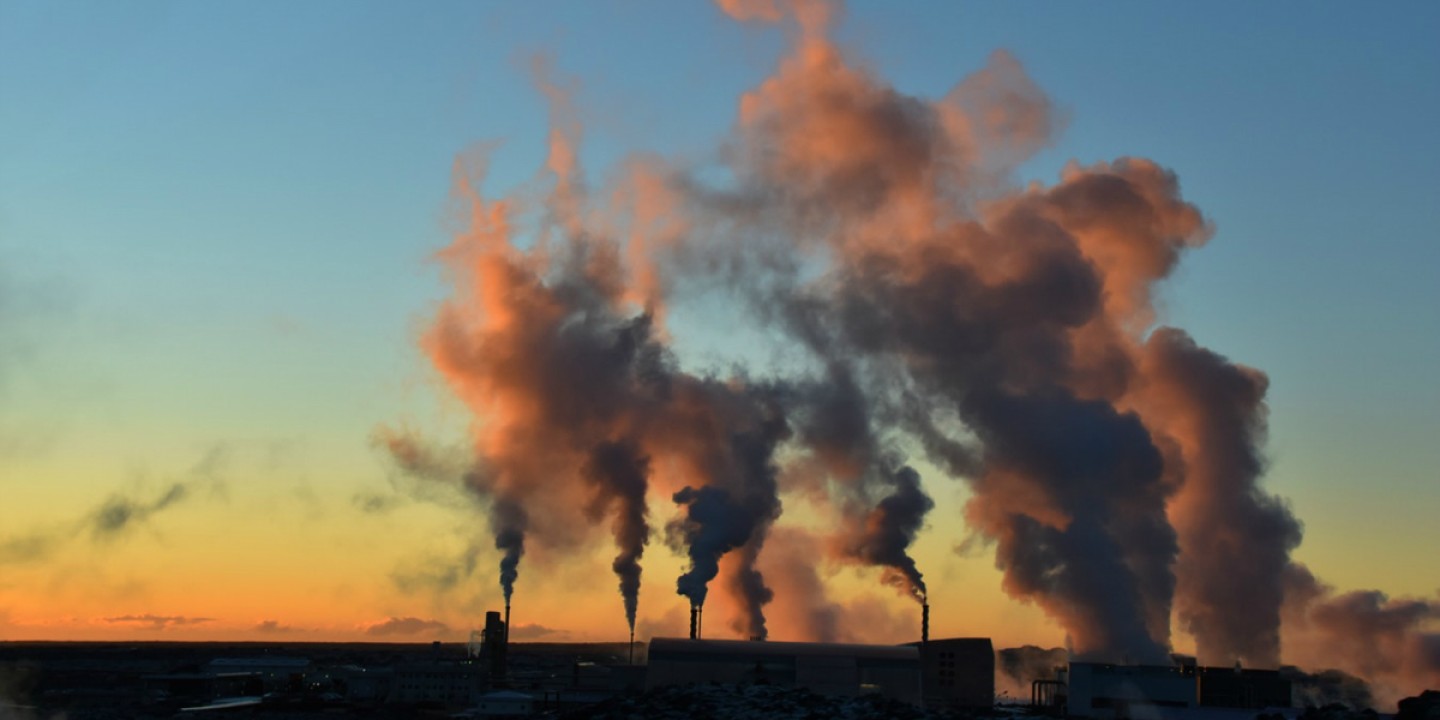Why the Green New Deal needs to be so big
We’re long past the time for gradual changes.

The Green New Deal casts a big vision for addressing a big problem. At its heart is a bold plan for the US to tackle the crisis of climate change by weaning the economy from its dependence on fossil fuels, while ensuring that the burden of that transition does not fall on those who can least afford it. The GND currently exists as an early draft of a law, and there is much to debate about its particulars. Scaling it down, however, would defeat the purpose. The big, comprehensive approach the GND represents is exactly what’s needed, for at least four reasons.
1. Climate change is an enormous problem. The Intergovernmental Panel on Climate Change, a group that reflects a broad scientific consensus, projects that total warming of 1.5 degrees will cause suffering for hundreds of millions of people. We’re on track to reach that level within 33 years, and it won’t stop there.
Read our latest issue or browse back issues.
2. Climate action is urgent. To avoid the above scenario, the IPCC says the world needs to drastically cut greenhouse gas emissions by 2030 and eliminate them by 2050. Decades ago, it may have been enough for nations to enact narrow policies to curb emissions gradually. We’ve shot past that stage.
3. Our entire built environment is dependent on fossil fuels. This is why the GND deals with infrastructure, not just energy policy. Clean electric power is growing fast. But what about all the things that directly use oil or gas, the buildings and transportation systems all around us? Building heat needs to go electric. So does public transit. And new high-speed electric trains could replace short-haul air travel. The fossil fuel problem is difficult to isolate in a narrower bill because the problem is everywhere. If addressing it sounds like a lot of work and expense, that’s why the GND is conceived as a huge jobs program (like its 1930s namesake). It’s about creating new jobs and putting people to work to implement the large changes that are necessary.
4. Political mobilization requires a big, inspiring vision. The GND faces tough challenges but not because it’s too big. Climate change action is politically difficult at any scale. Proponents of a narrower bill ask, What is the plan to pass the GND? But what is the plan to pass a cap-and-trade bill, or higher fuel efficiency standards, or a national version of California’s clean energy mandate? Going smaller won’t somehow create bipartisan consensus out of nothing. Going big, however, has the potential to mobilize people and to clarify the unparalleled scope of the problem—and the best solutions.
The GND originated with young activists, who speak with the moral authority of a generation inheriting a planet in peril. The rest of us should listen to them. The GND doesn’t answer every question about how to address climate change, but it does provide a framework—one that can contain or exist alongside various other ideas. Do you think we should do what it takes to eliminate dependency on fossil fuels without making the most vulnerable people bear the brunt of the pain? If so, you support the core of the GND.
A version of this article appears in the print edition under the title “A vision for climate action.”






